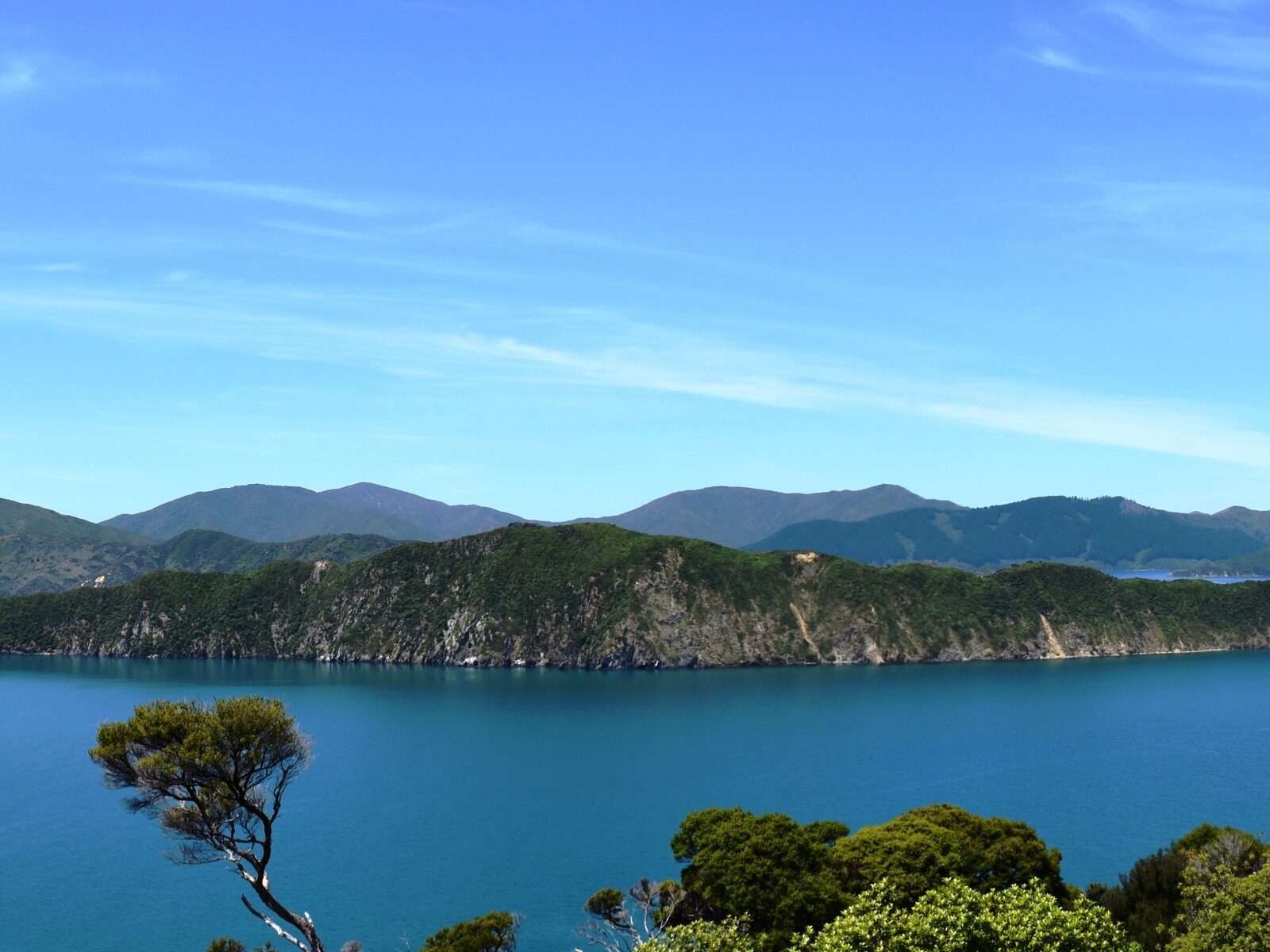This beautiful island, named after its shape and considerable length, is a protected island and is surrounded by marine reserve. The diving and snorkelling here is exceptional with fish, crayfish and paua ranging in sizes that are considered rare outside of a marine reserve.
Despite its magnificence as a scenic conservation area, the island does pose a number of dangers to boaties. There are rocks ten metres out from the north-western shore and off all points along the south-eastern shore of this island.
The islands are covered in native bush and the only beach of any size is on the south-west end. This is, however, very open to all wind.
Anchorage can be found in the bays midway along the island on the south-east side. These give shelter in W to N winds only. A stern line is necessary to be able to pull the boat out of the wind gusts coming over the top of the island.
The north-east end of the island has a long cluster of rocks and islets continuing seven tenths of a mile as an extension of the island. The islet shown nearest to Long Island is a rock about half a metre about HWS.
There is a boat passage between this rock and the islets further to the north-east. In the middle of this passage is a rock unmarked on pre-1970 charts.There is a lot of weed in the passage and it should only be used with local knowledge.
The rocks and weed continue for 500 metres below the surface north-eastwards from the last islet and terminate in a sunken rock. This rock is just to the south of a line from Cape Koamaru to the light on Motuara Island.
A safe clearance transit for the end of the reef is when The Twins are in line with the south-east end of Motungarara Island.
The southern end of the island has a reef extending to the south-west for about 120 metres with approximately two metres of water over it.





